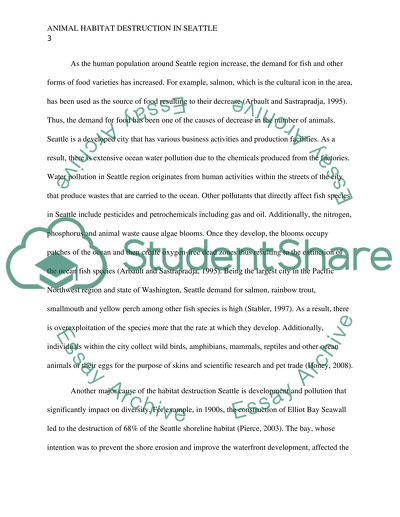Cite this document
(“Animal Habitat Destruction in Seattle Research Paper”, n.d.)
Animal Habitat Destruction in Seattle Research Paper. Retrieved from https://studentshare.org/environmental-studies/1689166-animal-habitat-destruction-in-seattle
Animal Habitat Destruction in Seattle Research Paper. Retrieved from https://studentshare.org/environmental-studies/1689166-animal-habitat-destruction-in-seattle
(Animal Habitat Destruction in Seattle Research Paper)
Animal Habitat Destruction in Seattle Research Paper. https://studentshare.org/environmental-studies/1689166-animal-habitat-destruction-in-seattle.
Animal Habitat Destruction in Seattle Research Paper. https://studentshare.org/environmental-studies/1689166-animal-habitat-destruction-in-seattle.
“Animal Habitat Destruction in Seattle Research Paper”, n.d. https://studentshare.org/environmental-studies/1689166-animal-habitat-destruction-in-seattle.


